Masters of the Italian Renaissance. Bellini. Titian. Bassano
BELLINI AT THE WAWEL
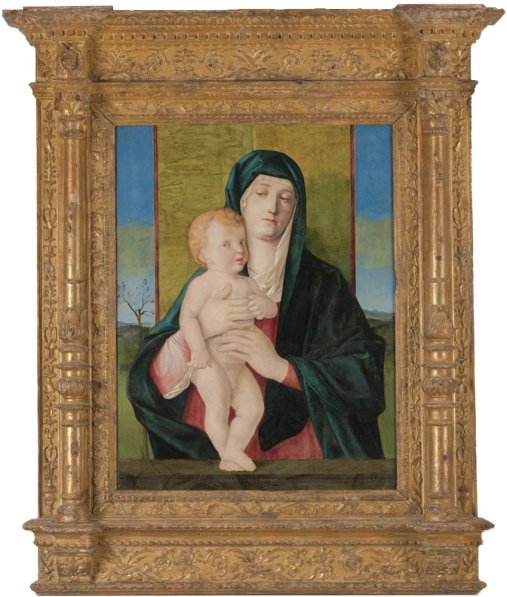
Giovanni Bellini (1430–1516) and workshop
Madonna with Child
Venice, after 1487
oil on wood, 74.6 × 57.3 cm, signed IOANNES BELLINUS P
Purchased in May 2023 from the Maison d'Art in Monaco by ZKnW, Bellini's painting was most likely painted in the late 1580s or early 1590s. It is a repetition of Giovanni Bellini's composition entitled Madonna degli alberetti from 1487 in the Gallerie dell'Accademia in Venice. It differs slightly in the details – among others, landscape: in the Venetian painting, two symmetrically placed slender trees are visible in the background, and in the Wawel painting, one, on the left side – faithfully repeating the pose of the Madonna and Child. Another composition in which the painter repeated the poses of both figures and their mutual relationships is Madonna and Child with Saint George and Saint Peter – also in the Gallerie dell'Accademia.
TITIAN AND IL PADOVANINO
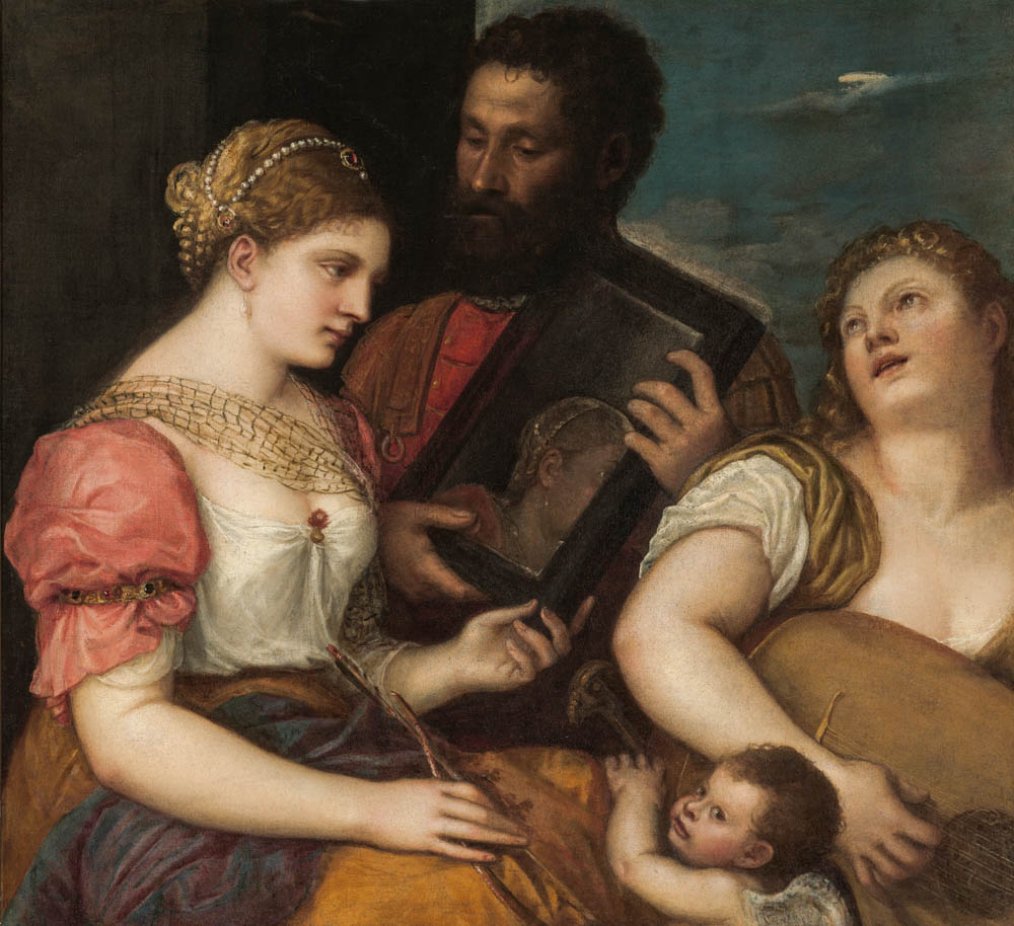
Allegory of Love
circa 1530
oil on canvas, 96.8 × 108 cm
Among Venetian painters of the 16th century, Titian (Tiziano Vecellio, 1488/1490–1576) gained the greatest prestige. Paintings were ordered from him by Emperor Charles V and his son Philip II. The painter portrayed the pope and cardinals of the Roman curia, doges and patricians of Venice, and the rulers of other Italian city-states.
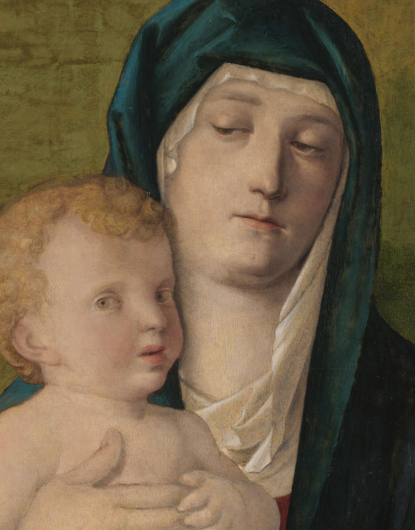
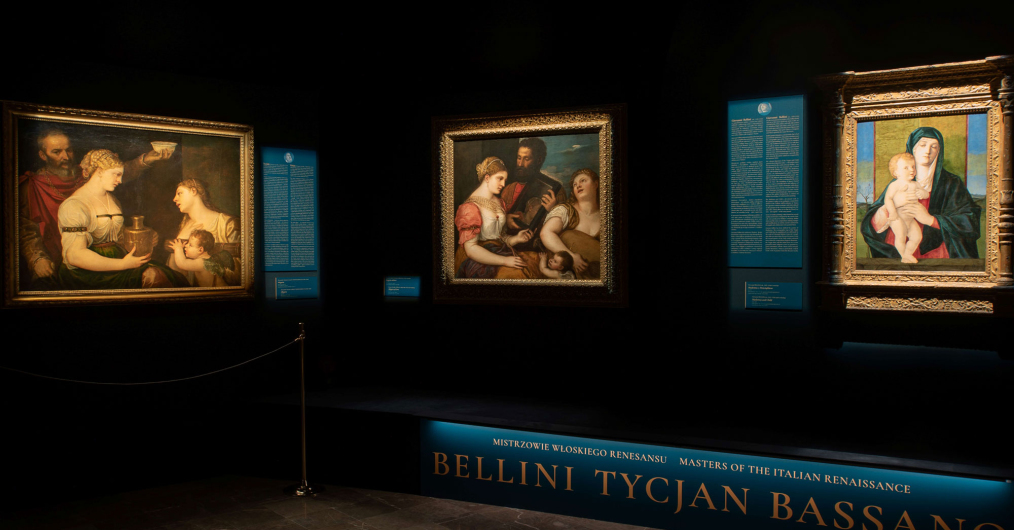
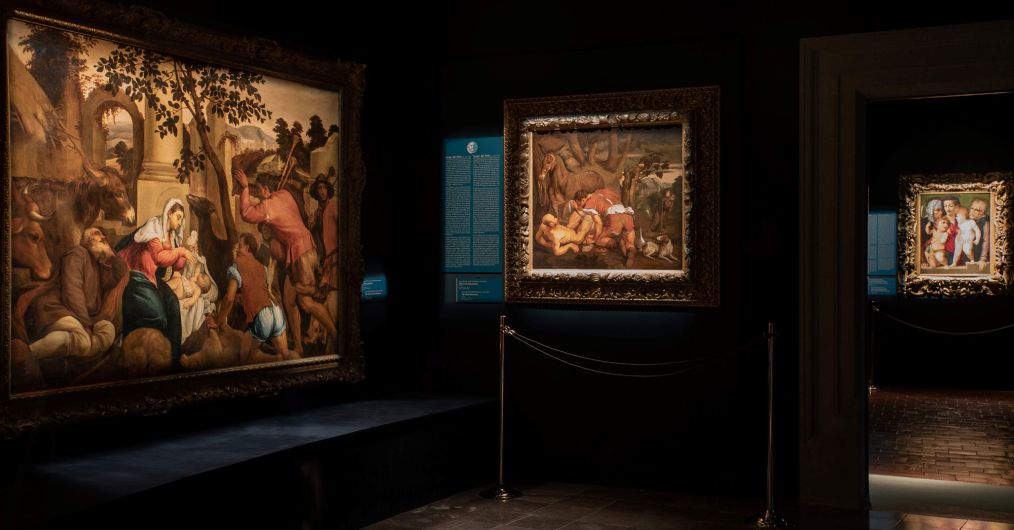
 Honorowy patronat Ministra Kultury i Dziedzictwa Narodowego
Honorowy patronat Ministra Kultury i Dziedzictwa Narodowego
 Strategic Partner of the Wawel Royal Castle
Strategic Partner of the Wawel Royal Castle
 Partner of the Wawel Royal Castle
Partner of the Wawel Royal Castle
 Mecenas Edukacji Zamku Królewskiego na Wawelu
Mecenas Edukacji Zamku Królewskiego na Wawelu
 Partner of the Exhibition "Wawel Underground: The Lapidarium"
Partner of the Exhibition "Wawel Underground: The Lapidarium"
 Patron of the Wawel Royal Castle
Patron of the Wawel Royal Castle










